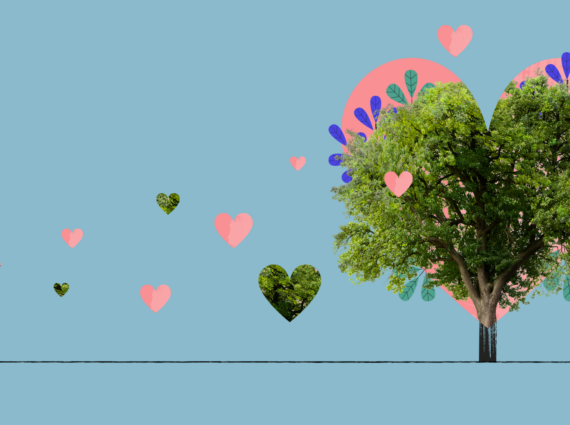So, which way is right? If you’re a climate change denier, neither. But if you live in the real world, the answer is both. But how can this be? The key is in how you look at it.
The Jenga analogy is pretty straightforward – us putting carbon into the air was like us pulling at those maddening wooden blocks that many people became reacquainted with during lockdowns. At first it doesn’t really matter; you can pull any block you like and it won’t topple the tower (unless you purposefully take two blocks out from one row near the bottom; don’t be that person). In the early days of industrialization, the game wasn’t even set up yet – nobody knew that burning fossil fuels could have devastating and irreversible effects on the global climate. The real game began in the early 90s, when it became clear that carbon dioxide emissions were going to lead to serious consequences if we didn’t stop or drastically slow their release. That was when the global society began taking turns pulling Jenga blocks out from the Earth.
Okay, so how about the hill? How does that fit in? Another spot-on analogy should suffice: imagine being on a skateboard and you start going down a slight incline after working so hard to push yourself along on flat and even uphill ground (this is a metaphor for humanity at the dawn of industrialization; this analogy has levels). At first it feels nice; no need to push as gravity gives you a nice little helping hand. You’re not moving fast; you’re just enjoying that your legs can take a break. But as momentum builds, you start to speed up a little. Even better! Now you’re moving along at a nice pace. Still slow enough to step on the back of the board or pull a power stop. But why would you want to stop? It feels great, cruising along after earlier having to push yourself with only your own power. It’s so easy, you just go along with the ride. You start going faster, but you’re enjoying it too much to stop, which you can still do if you want to at this point. As your momentum continues to build you start to recognize it might be getting more difficult to stop. So, you stay the course, knowing that stopping would be hard and would also spell the end of your sweet ride. But soon enough you are going so fast that you aren’t even able to stop without seriously injuring yourself. And you know it is going to end badly.
That’s also us.
But how can we be playing Jenga and skateboarding down a hill at the same time?
These analogies really represent two different Earth systems.
The hill is everything that we see and are a part of: daily weather, storms, longstanding ecosystems – all the things that we can’t really notice changing, at least right now. That’s because we’re still nearer to the top of the hill than the bottom. We’re already beginning to see hurricane intensity increase from rising water temperatures, and droughts are affecting wildfire conditions and food production in some areas. These things will only get worse as we go further down the hill without committing to a painful, difficult stop that might hurt us in the short-term but save us in the long run.
Jenga, on the other hand, is everything that we can’t see: the processes and rhythms of the Earth that regulate and dictate basically the entire planet. These processes are kind of all or none things, similar to the blocks in Jenga. When they are pushed past the point of no return, it can cause the collapse of the entire system. A great example of this is the Global Ocean Conveyer Belt – it’s the equivalent of a single block holding up the upper third of the tower. If it is altered, the GOCB could break down, which would shut down currents responsible for bringing warm water to places that rely on it and colder water to areas that need it and the entire global ocean would be changed. This would accelerate land use changes on – you guessed it – land, causing crop failures, desertification, forest loss, and other serious problems. This would be a collapse of the world as we know it. This is the tower crashing to the ground.
Here’s the thing: this is how bad climate change could get if we do not make serious changes very soon – but we can still make changes and avoid the worst of it.
This isn’t a doomsday prophecy. Well, it kind of is. But it’s not saying we have to succumb to this. We can slow down and stop ourselves even though we know it will hurt. We can take our time and think before pulling any more blocks from the bottom and come to a consensus as a society as to the level of risk we feel comfortable when deciding which blocks to pull.
The good news is that we are making more innovations and coming up with real solutions to at least give us a chance to keep the Earth the perfectly hospitable place we know and love amidst an entire universe of inhospitable space.
See, it’s all about perspective.





